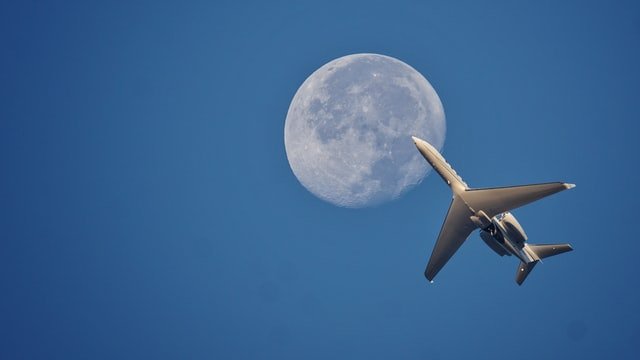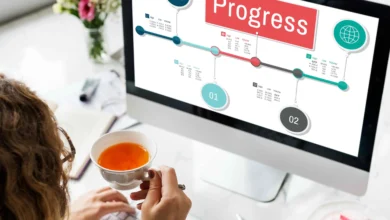What Was Airline Security Like Before 9/11?

The shocking events of September 11, 2001, will forever be deep-seated in US society’s fabric. From how the US officials responded to terrorist activities to remembering almost 3,000 individuals’ tragic deaths, the attacks changed how the country operates.
The most obvious change that came to life is that of air travel security. Since 9/11, airlines have stepped up the seriousness in manpower and technology, which keeps travelers safe. These security steps are obvious from the moment you get a ticket to the time your flight lands. Many things have changed in an attempt to keep plane hijackings from compromising security systems again. Basically, airline security is ever-evolving, but some things you consider to be normal came to the picture in the wake of terrorists’ invasion, which changed the US forever. However, before these changes, the following is what used to be before 9/11:
- Appearance and Behavior Were Hardly Caused an Alarm
Airlines have been screening for hijackers since 1969 when the FAA established a profiling system so as to use in combination with metal detectors. Although the FAA argues that the system was developed from behavioral traits that past perpetrators shared, TCA’s list is extremely broad.
These traits used to range from exaggerated gazing down, widely open eyes, and gazing down to recent shaving of beard and wringing of hands.
- Take Bottle of Water to the Airport
Most water fountains probably had a lot of germs before 9/11, as they do these days. However, not long ago, it was possible to take a bottle of water to the airline. There was no one to rifle through your bags and confiscated sunscreen, bottles of water, and toothpaste.
These days, staying hydrated involves overpaying for a water bottle at a convenience shop at the terminal or braving the water fountains. Basically, it is not convenient to lower your chances of falling sick and avoid dehydration when you take a flight.
- The Role of Air Defense Sector
Before 9/11, the main focus was that airline officials looked out at individuals coming to attack from the outside. According to Omar Kaddouha, a professional in Aviation Safety of Flights, no one thought anyone could go ahead and use planes to do something, so the radar coverage was indicative of that.
Now the sector has evolving and new technology. Computer systems are better and bigger, and you can see all the radars, which are now hooked up.
- Absence of Screening Technology
Back in the days, many checked luggage, especially domestic flights, went straight to the airplane without being screened for explosives. The arrival of mini-van sized detection equipment in their airline lobbies made airports spend millions to establish much faster in-line or underground bag screening systems.
However, the screening machine has proven more of a challenge than before. Although TSA still insists the new machines are safe, worries about the health effects of radiation exposure persist, and the first generation of highly controversial body-scanning equipment has to be scrapped.
Final Thoughts!
The terrorist attack on 9/11 was one of the invasions that ravaged the US and remained a memorable one. In fact, the death toll is unknown up to this day. Typically, September 11, 2001, was the needed wake-up call for the aviation sector. These security measures were under reconstruction following the events.
These days, the role of security professionals is complex. Two years after the 9/11 attacks still remained strict. However, some individuals seem to have acclimated themselves to new developments and no longer gripe about the time restraints and long lines the changes have caused. You must understand that these changes had to happen for your safety, so it is best to be part of this routine for a better tomorrow.









